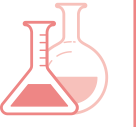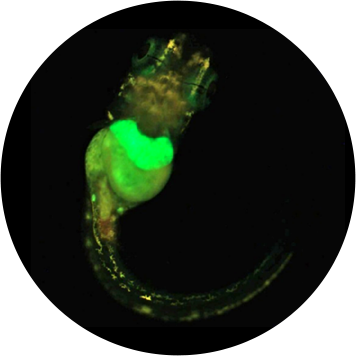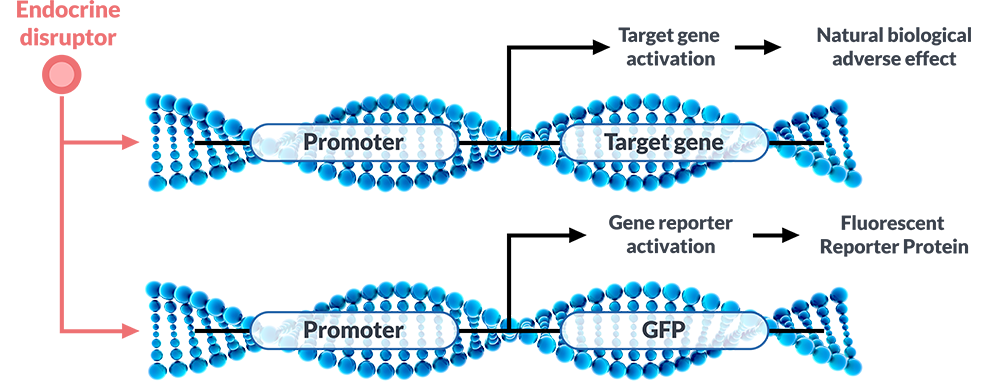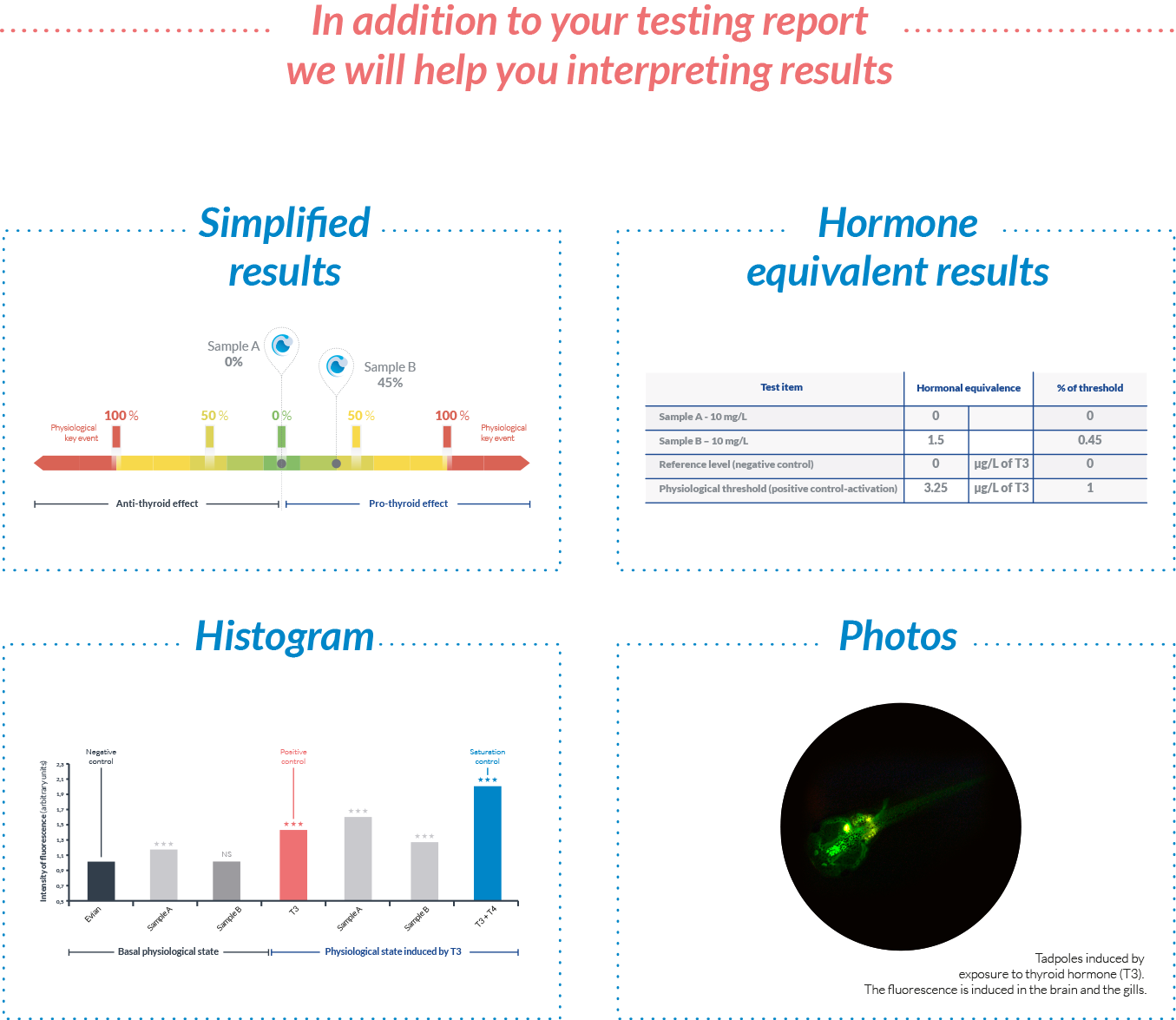







 Why choose a whole organism performed in vitro?
Why choose a whole organism performed in vitro?  What are the main advantages of this technology?
What are the main advantages of this technology? Which endocrine axes should be tested (estrogenic, androgenic, thyroid)?
Which endocrine axes should be tested (estrogenic, androgenic, thyroid)?  Can one test identify an endocrine disruptor?
Can one test identify an endocrine disruptor? What are the communication rules regarding Endocrine Disruption?
What are the communication rules regarding Endocrine Disruption? 